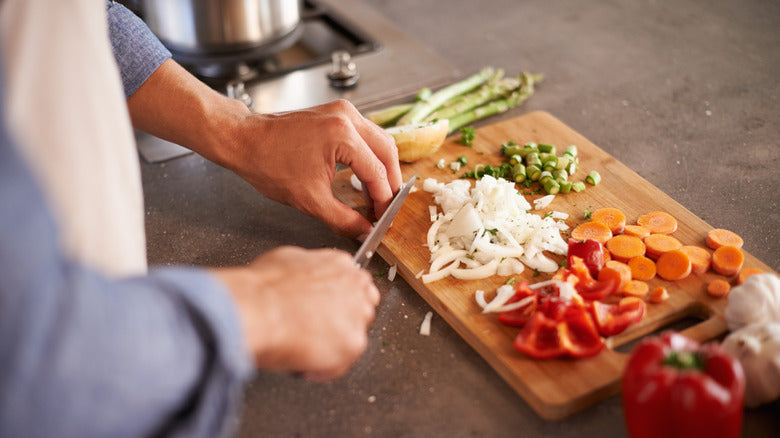Restoring a cast iron skillet can seem like a daunting task, especially for kitchen professionals who rely on their tools to perform perfectly. However, by following this remarkable guide on how to restore cast iron skillet, you can bring your trusty cookware back to life. Let's dive into the world of cast iron restoration and ensure your skillet shines once more!

Why Restoration is Important
A well-maintained cast iron skillet can last a lifetime, becoming more effective as it is used. Cast iron cooking is widely appreciated for its heat retention and non-stick properties. When a skillet is not properly cared for, it can lead to rust and degraded cooking performance. Therefore, understanding how to restore cast iron skillet is vital for any chef or cooking enthusiast.
Gathering Your Restoration Materials
Before we get into the specifics, lets outline the materials you will need:
- A scrub brush or steel wool
- Vegetable oil, flaxseed oil, or shortening
- Paper towels
- An oven or a heat source capable of reaching 350F
- Trivet or cooling rack (for oven use)
Step-by-Step Process for Restoration
Now that you have your materials ready, lets follow these easy steps to restore your skillet:
1. Cleaning the Skillet
The first vital step is to clean your cast iron skillet thoroughly. Use a scrub brush or steel wool, along with hot water, to remove any food residues or rust. Do not use soap, as it can strip the seasoning away. Once it's clean, dry it completely to prevent new rust from forming.
2. Apply Oil
After cleaning, its essential to apply oil to your skillet. Use a paper towel to rub a thin layer of vegetable oil or shortening over the entire skillet surface, including the handle. This will help create a protective barrier and enhance the seasoning.
3. Baking Process
Next, it's time for the baking process. Preheat your oven to 350F (175C). Place the skillet upside down on the top rack of your oven. This will allow any excess oil to drip off. Set a foiled-lined baking tray on the bottom rack to catch any drips. Bake for about one hour to ensure the oil interacts with the surface of the cast iron.
4. Cooling Down
Once the hour is up, turn off the oven and leave the skillet inside until it cools down completely. This gradual cooling helps the seasoning bond better to the iron.
Maintaining Your Restored Cast Iron Skillet
Once you have restored your skillet, maintenance is key. Regularly apply a light coat of oil after each use, and clean it properly to extend its life.
Do's and Don'ts of Cast Iron Care
To ensure your skillet remains in fantastic condition, familiarize yourself with these important do's and don'ts:
- Do season regularly.
- Don't soak your skillet in water.
- Do use wooden or silicone utensils to avoid scratching.
- Don't use high-acidity foods for prolonged cooking.
Common Mistakes to Avoid
As kitchen professionals, its essential to watch out for common restoration mistakes. For instance, applying too much oil can create a sticky surface rather than a non-stick one. Additionally, neglecting to dry the skillet completely before oiling can lead to rust.
Related Cooking Tips with Cast Iron
For those looking to combine their cast iron skillet expertise with cooking, there are several delightful recipes to try:

FAQ Section
Q: Can I use soap on my cast iron skillet?
A: It's best to avoid soap as it can strip the seasoning. Use hot water and a scrubber instead.
Q: How often should I season my cast iron skillet?
A: Regularly seasoning (after every few uses) keeps the skillet in great condition, especially if you notice food sticking.
Q: What if my skillet is heavily rusted?
A: If heavily rusted, you may need to sand the rust away with steel wool before following the restoration steps.
As an Amazon Associate, I earn from qualifying purchases.






Leave a comment
This site is protected by hCaptcha and the hCaptcha Privacy Policy and Terms of Service apply.